Last Chance to Catch NYC's Holiday Notalgia Train
We met the voices of the NYC subway on our nostalgia ride this weekend!


When you read about the abandoned buildings of Kings Park Psychiatric Center on Long Island, you will first come across photographs and videos by urban explorers of eerily creepy interiors, left behind within massive institutional structures. We’ve been responsible for publishing some of those, in which explorers had to illegally trespass in the early hours of the morning due to tight security. But perhaps even more astounding is that a whole other portion of the hospital complex sits in a very accessible, very bucolic sitting and is part of Nissequogue River State Park.
We can’t think of another state park that’s packed with beautiful, brick buildings, with an undeniable dark history, that have been shuttered for a decade. But these buildings won’t be there too long, making this an ephemeral destination for those interested in its unique history.
Kings Park Psychiatric Center closed in 1996, after over one hundred years in operation. It began as an extension of the asylums in Brooklyn (then Kings County), which had become overcrowded. Like the Staten Island Farm Colony, it too began as a farm colony where patients worked the fields and managed livestock. It later became managed by the state and was renamed Kings Park State Hospital. During this time, it was the largest state-funded psychiatric ward and was a veritable micro city which produced its own power and heat, food, and had a connection to the Long Island Railroad.
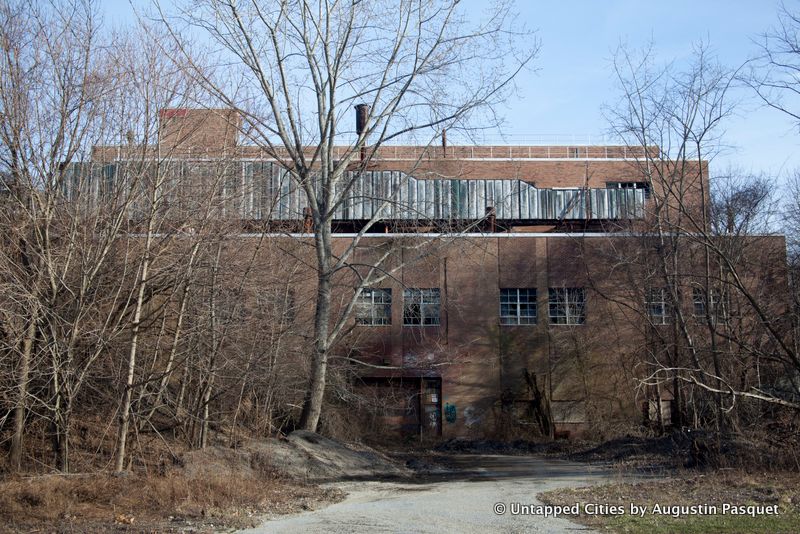
From 1923 to 1927, a Veterans Memorial Hospital was built on the site , the first state facility dedicated to the care and treatment of disabled veterans. Those here served in the Spanish American War and World War I. It was during the 1930s, under the Works Progress Administration, that high rise institutional buildings like the infamous Building 93 were constructed to accommodate the large population, which had reached over 9,000.
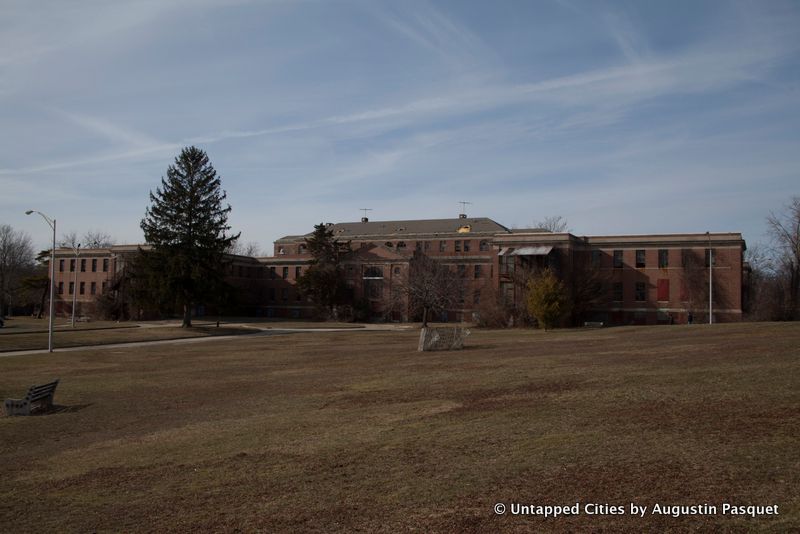
In the 1950s, the institution began experimenting with pre-frontal lobotomies and electro-shock therapy. In the following decades, population declined with the advent of Thorazine and other drugs, along with new ideas of treatment, reduced the population as patients were reintroduced into society. Kings Park Psychiatric Center was closed in 1996 and Nissequogue State Park was established in 1999, on 153 acres of the property. The other portion remained open to new development, and to this day, not all the buildings at Kings Park Psychiatric Center are part of the park.
18 or 19 buildings were demolished in 2013 at a cost of $14 million and more will come down this month. What remains sit amidst rolling hills with an expansive view of the Nissequogue River in the back of the property. The physicians and other staff lived here and stand-alone Georgian homes were built in a suburban setting along curved roads lined with street lamps.
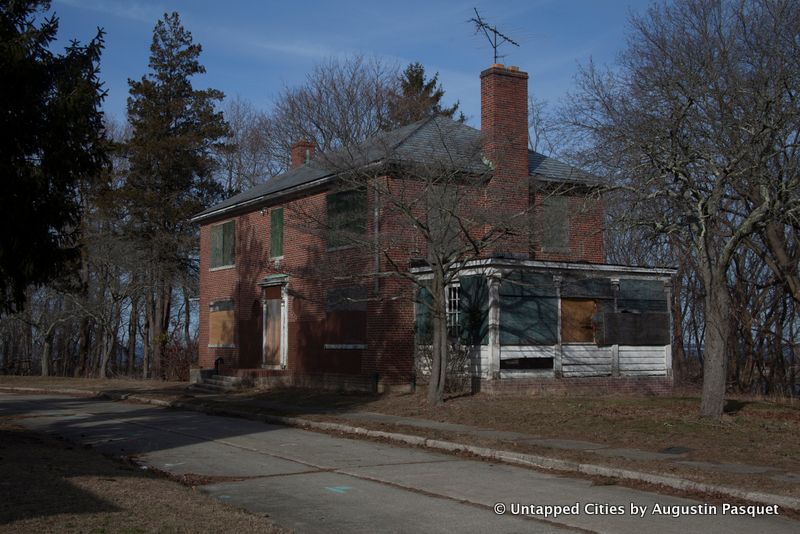
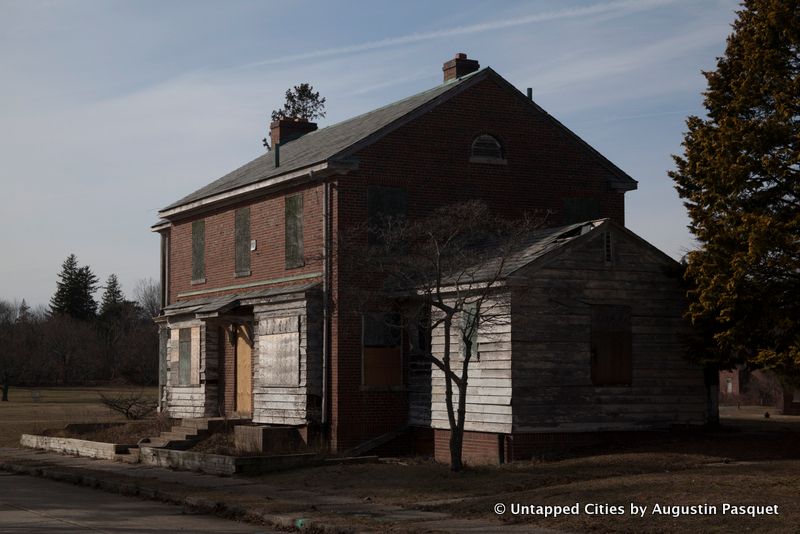

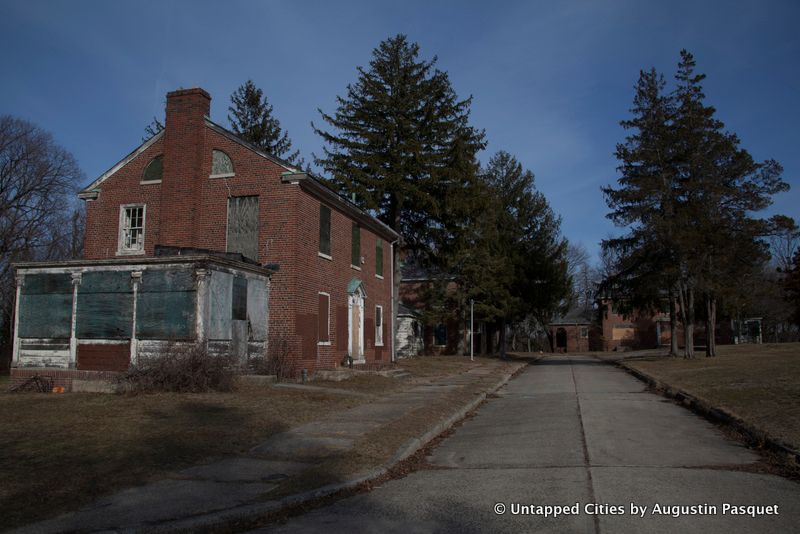

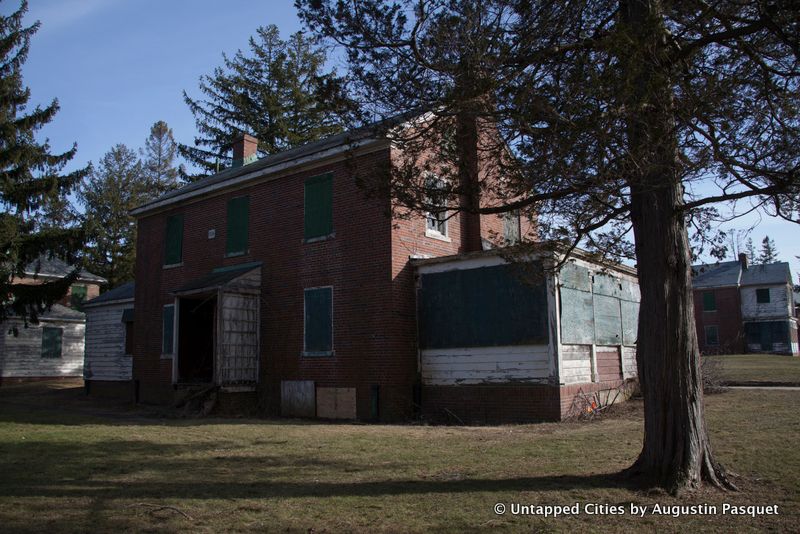
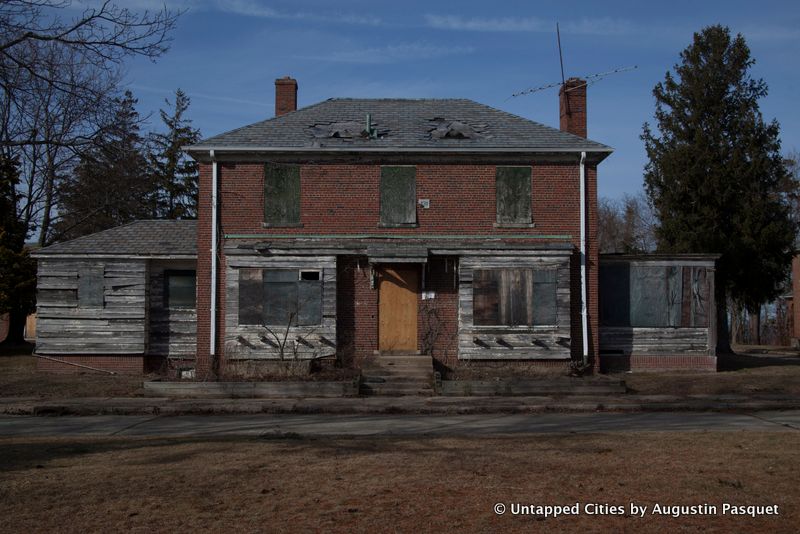
The colonnaded brick buildings, seen below, were arranged in a square and housed nursing supervisors and their families.

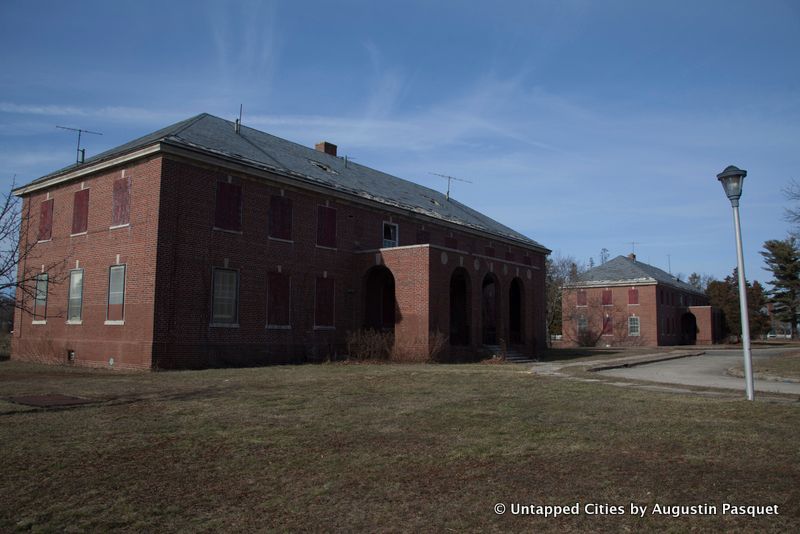
The below was the “Convalescence Building,” which contained patients who were going to be released. There was a dining room inside:

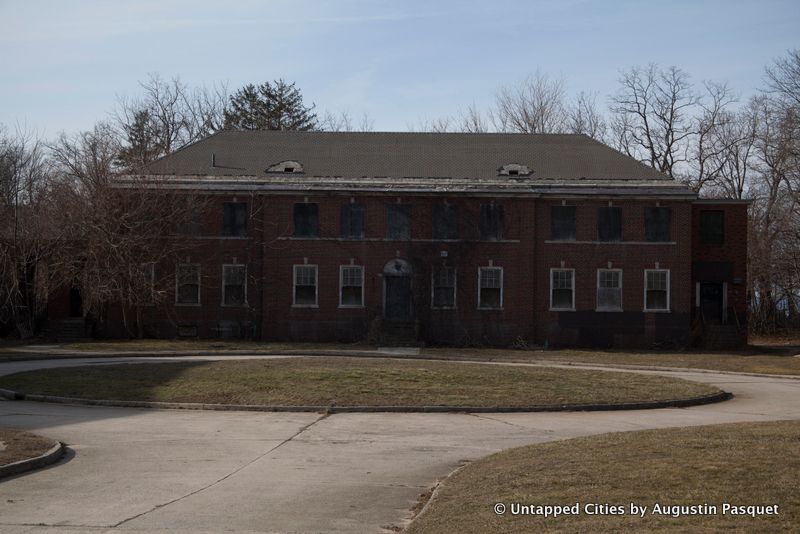

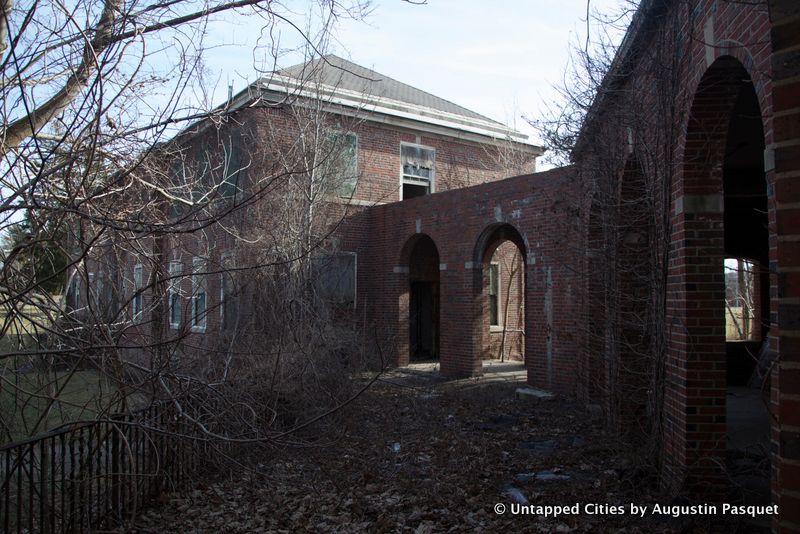
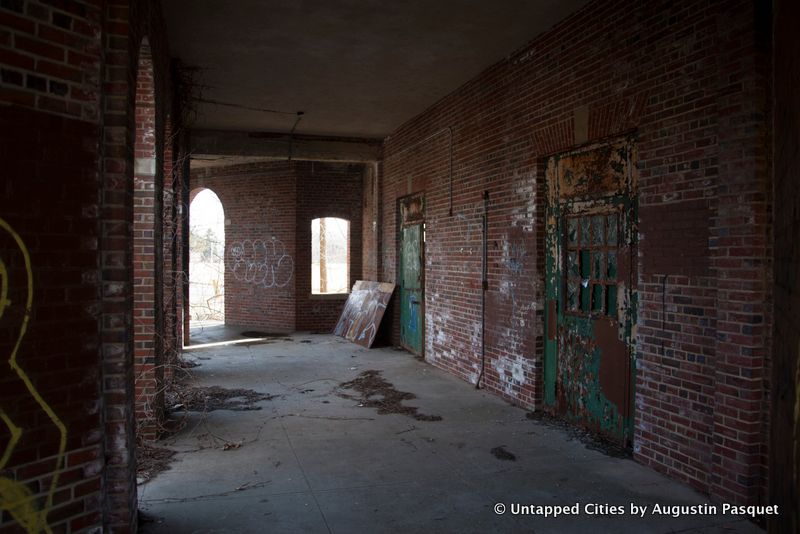
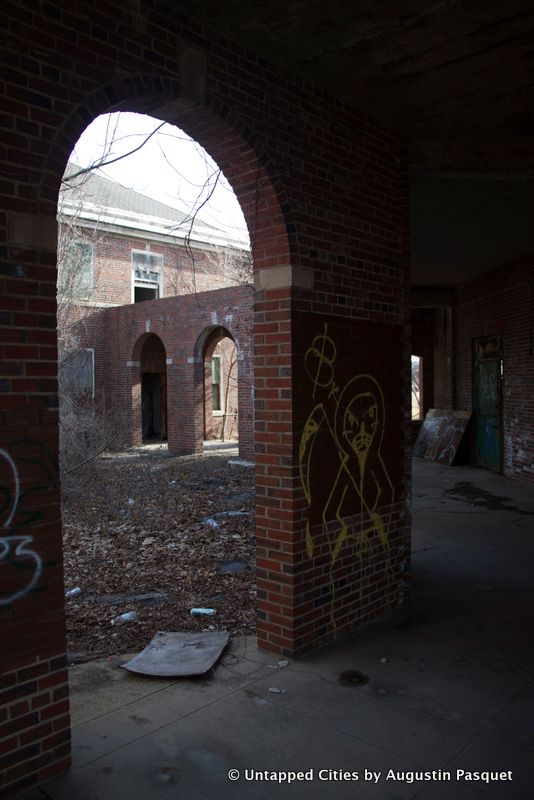
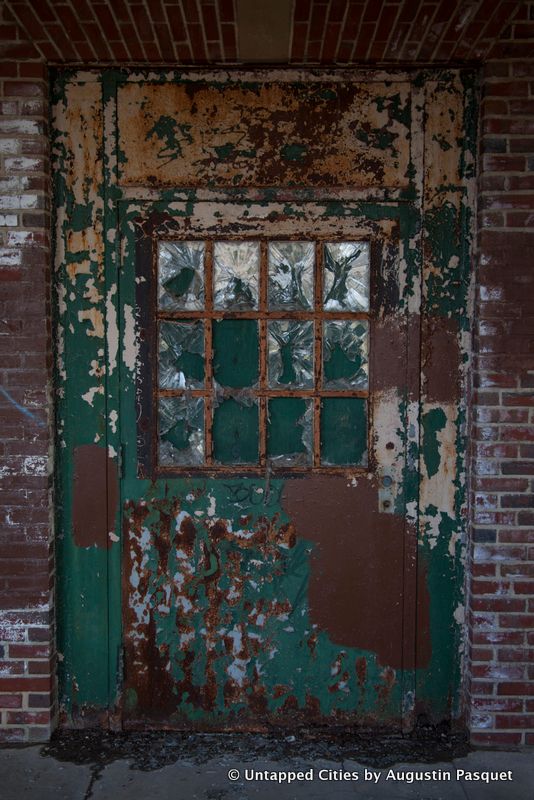
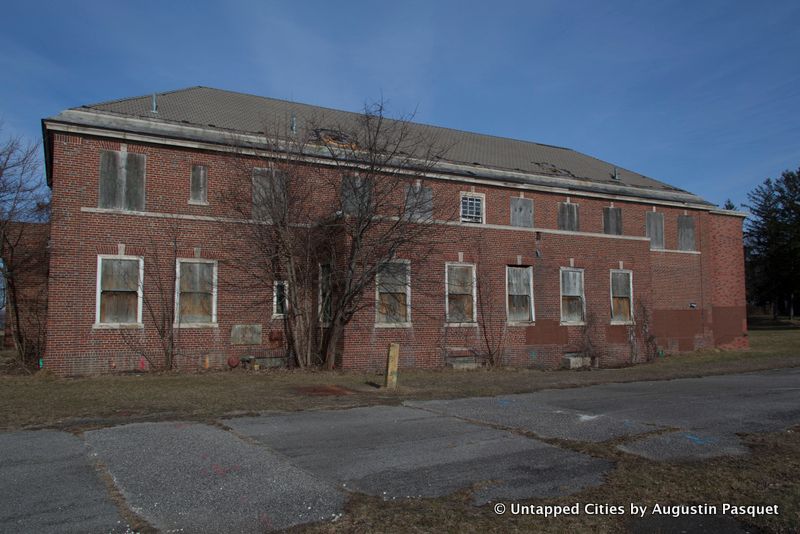
From 2002 to 2004, a Window Art Beautification Project was undertaken by “schools, scouts and people,” explains a plaque now obscured behind branches. The aim was to “soften the harsh look of the buildings” and the subject matter reflected “Long Island’s natural environment.”
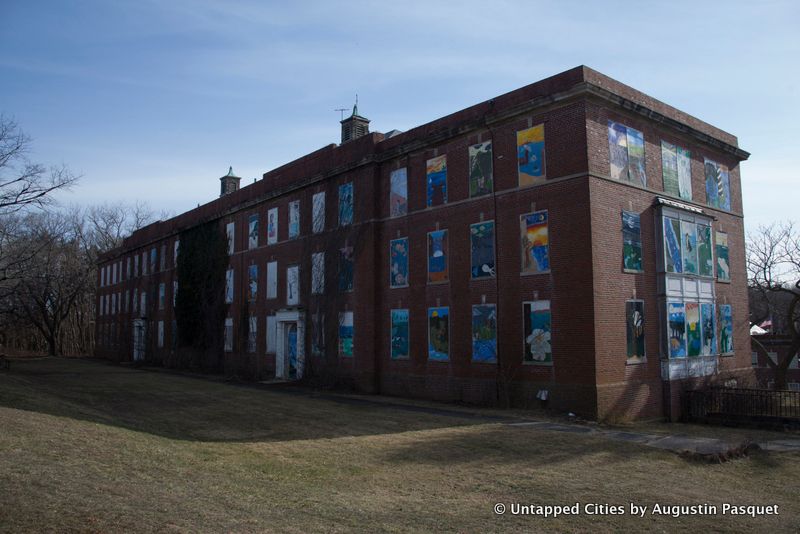



The rest of the property contains large scale hospital buildings, not technically part of Nissequogue State Park. However, there are no signs or barriers to differentiate the areas – it feels like one entity.
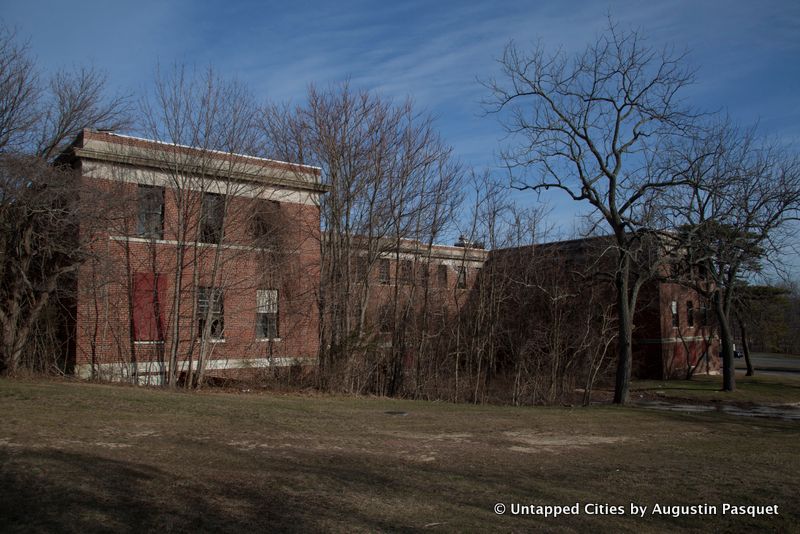
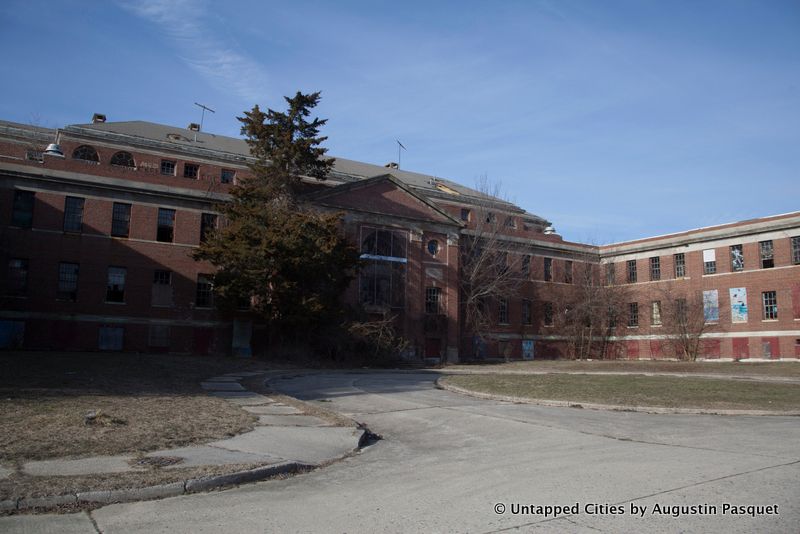


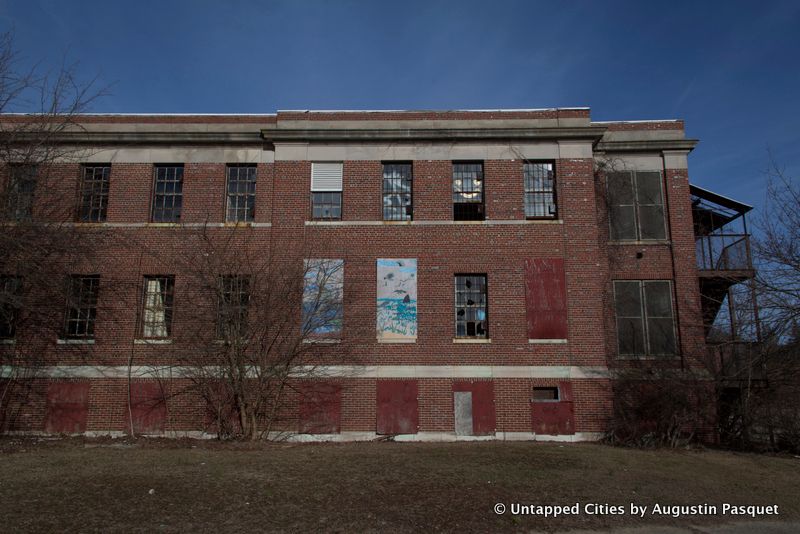
One building remains in operation, Building 125, formerly the Veterans Administration Building and now is the office for the park.
Next, check out 10 abandoned NYC hospitals and watch a video of the abandoned interiors of Kings Park Psychiatric Hospital
Subscribe to our newsletter